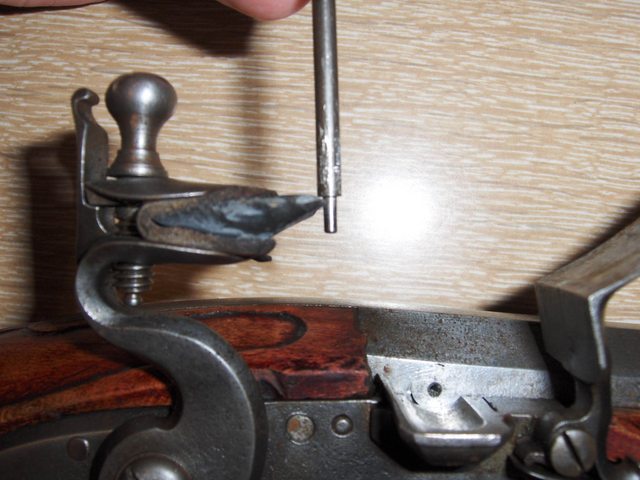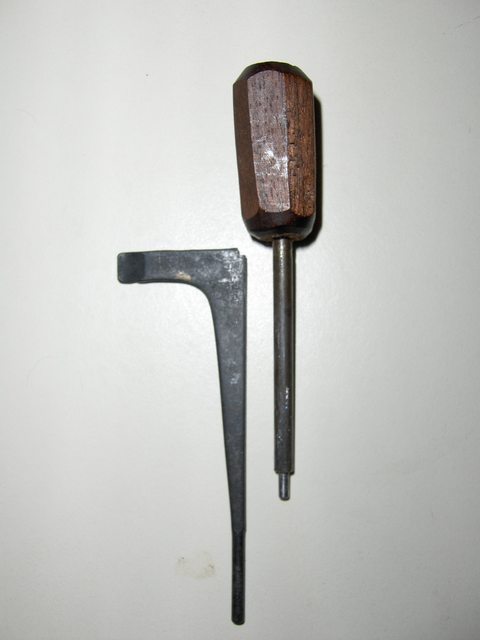- Joined
- Oct 2, 2015
- Messages
- 187
- Reaction score
- 16
Hello all.
Im using large English flints on my Lancaster .54. I seem to be getting about 25 -30 or so shots before having to knapp or change flints. Whats the usually life of a flint?
Thanks
Im using large English flints on my Lancaster .54. I seem to be getting about 25 -30 or so shots before having to knapp or change flints. Whats the usually life of a flint?
Thanks








